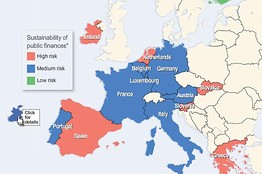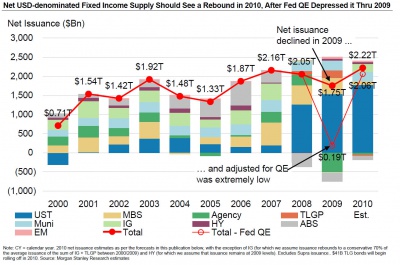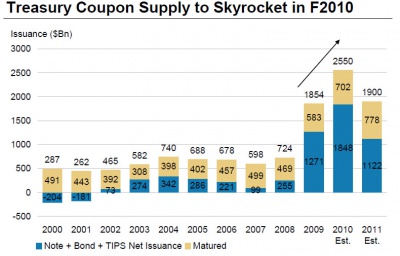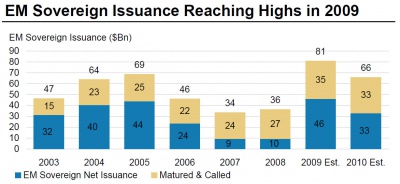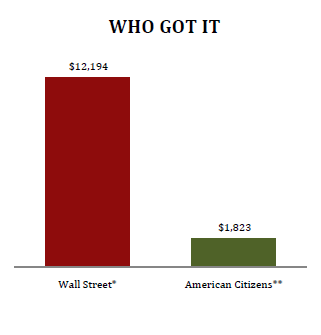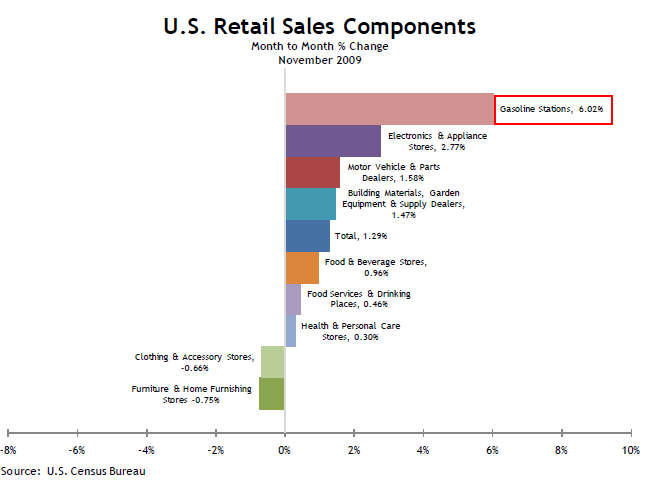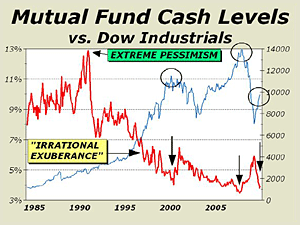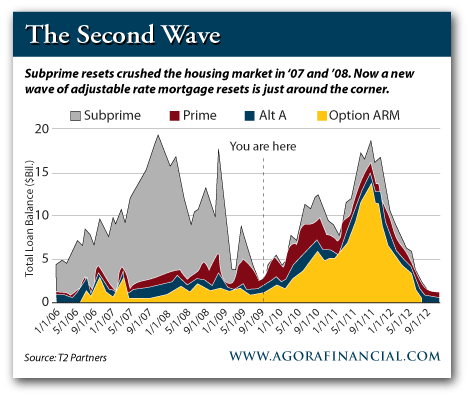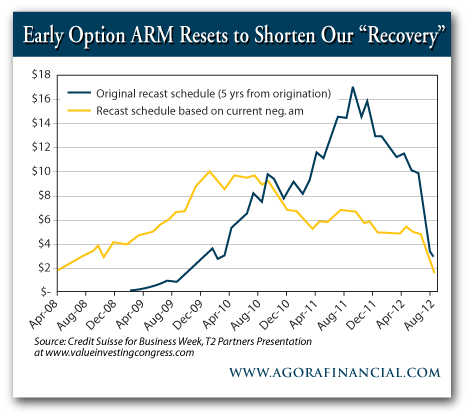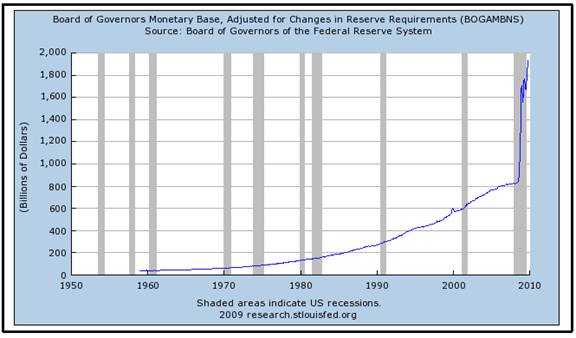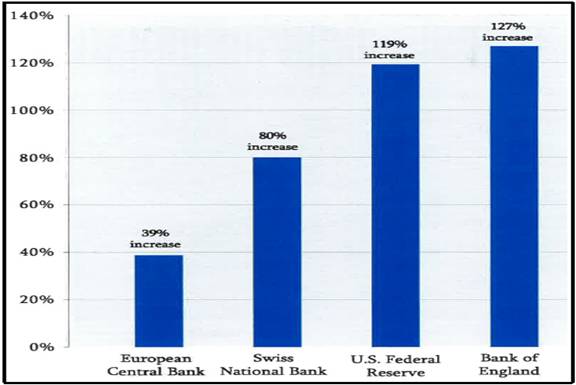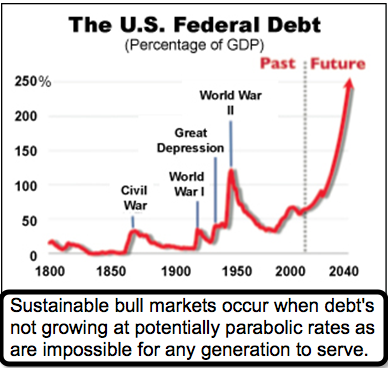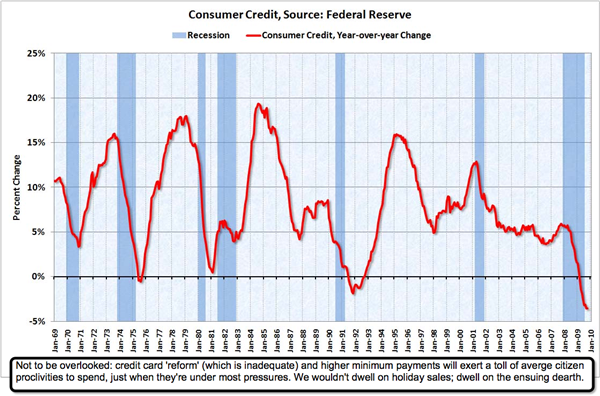New Rules To Clarify Cost Of Mortgages In 2010, It’s Not Just Monopoly Money Any Longer
Posted By thestatedtruth.com on December 30, 2009
DECEMBER 31, 2009
Rules to Clarify Cost of Mortgages
![[rules to clarify cost of mortgages]](http://s.wsj.net/public/resources/images/NA-BD107_Mortga_F_20091230224051.jpg)
Americans have long struggled with the complexities of shopping for home mortgages. Now Uncle Sam is trying to help.
Federal rules that take effect Friday require mortgage lenders and brokers to give consumers better estimates of the barrage of costs they incur when taking out home loans. The new rules mandate a standard three-page Good Faith Estimate that urges consumers to shop around for the best loan and helps them compare lenders’ offerings.
The rules, announced by the Department of Housing and Urban Development in November 2008, are an update of the Real Estate Settlement Procedures Act, a 1974 law known as Respa. Though the changes come too late to help the millions of Americans who made poor loan choices during the housing boom, “it’s going to be a help,” said Jack Guttentag, a retired Wharton School finance professor who operates a mortgage advice Web site, www.mtgprofessor.com.
One difficulty of shopping for mortgages is that the lender with the lowest rates often isn’t offering the best deal. High fees can wipe out the benefits of low rates, and little-noticed features such as prepayment penalties can burn borrowers. Even for savvy consumers, it is hard to compare different combinations of rates, “points” (paid in exchange for a lower rate), fees and other terms. Lenders often sprinkle in lots of confusing charges, such as processing and messenger fees. Dickering over the smaller fees could distract borrowers from the bigger picture of total costs.
To address those problems, the new estimate form requires lenders to wrap all the fees they control into one “origination charge.” Mr. Guttentag recommends that borrowers focus on two items as they shop: the interest rate and the “adjusted origination charge,” which includes any points paid to lower the rate.
Good Faith Estimates have been around for decades, but there was no standard format. Under the new rules, lenders and mortgage brokers will be required to give consumers the estimate forms within three days of receiving a loan application.
Lenders aren’t allowed to increase the origination fee from the estimate. Some other charges not included in the origination fee, such as title services and recording charges, can increase by as much as a combined 10% from the estimate. Estimates for other charges, such as homeowner’s insurance and other services provided by third parties selected by the borrower, aren’t subject to such limits.
Title insurance typically is the largest fee, and the new forms let consumers know they don’t have to accept the insurer suggested by the lender. Mr. Guttentag says title insurance can be “vastly overpriced” and consumers should take the time to shop for it.
HUD has estimated that the revised requirements will save $700 for the typical consumer, partly because of the greater ability to shop intelligently.
Some lenders and brokers may struggle in the coming weeks to cope with the new rules, warned Vicki Bott, a deputy assistant secretary at HUD. “It’s a huge operational change for the industry,” she said.
Settlement firms — which handle the closing of home purchases — will be required to issue a new version of the HUD-1 form used in closings. This new HUD-1 includes a comparison of the estimated and final costs, as well as a summary of the loan terms.
More at  http://online.wsj.com/article/SB126222090787511123.html?mod=WSJ_hps_LEFTWhatsNews



